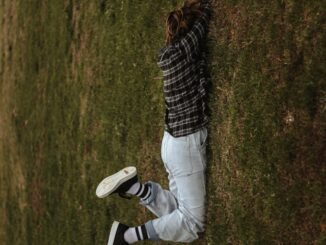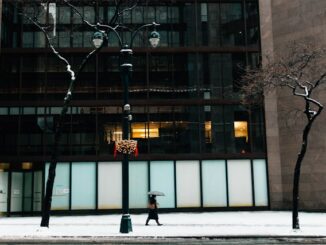
Premises liability, often referred to as occupier’s liability, is a complex legal area in Ontario. It dictates the duty of care owed by an “occupier” to anyone entering their property. In the case of slip and falls, these occupiers could be homeowners, businesses, or, as we’ll explore here, condominium corporations responsible for common areas. By examining leading occupier’s liability cases in Ontario, we can gain valuable insights into the legal landscape and how courts determine liability in these situations.
Setting the Stage: The Occupier’s Liability Act (OLA)
The Occupier’s Liability Act (OLA) serves as the cornerstone for occupier’s liability cases in Ontario. It outlines the standard of care an occupier must uphold to ensure the safety of anyone lawfully entering their premises, including invitees, licensees, and trespassers (though the duty owed varies depending on the category). The core concept is that the occupier must take “reasonable care” in all the circumstances to keep visitors safe. However, what constitutes “reasonable care” is where legal interpretations and court decisions come into play.
Landmark Cases: Shaping the Legal Landscape
Several landmark cases have significantly shaped how courts approach occupier’s liability claims in Ontario. Here are a few key examples:
- Waldick v Malcolm (1991) [SCC]: This Supreme Court of Canada case established the foundation for modern occupier’s liability in Ontario. It clarified the duty of care under the OLA, emphasizing the need for a “reasonable” standard of care based on all the circumstances. The court also introduced the concept of foreseeability – the occupier’s knowledge or ability to foresee the potential for harm.
- Delzilio v. Seguin (2009) [OCA]: This Ontario Court of Appeal decision delved deeper into the concept of foreseeability. The court ruled that an occupier is not liable for every possible accident but is responsible for taking reasonable steps to address foreseeable risks.
- Triantafilou v. Klomp (2015) [SCC]: This Supreme Court of Canada case revisited the standard of care for occupiers, emphasizing the importance of context. The court reaffirmed that the reasonableness of the occupier’s actions should be assessed based on the specific circumstances of each case.
These cases, along with countless others, have helped refine the understanding of “reasonable care” in occupier’s liability claims.
Beyond Slip and Falls: Broadening the Scope
While slip and falls are a common focus in occupier’s liability cases, the OLA applies to a wider range of situations. Here are some additional examples:
- Security Negligence: A landmark case, Ellis v. Laura’s Boutique Inc. (2002) [OCA], established that occupiers can be held liable for security breaches that lead to injuries.
- Assaults by Third Parties: Occupiers may have a duty to take reasonable steps to protect visitors from foreseeable criminal acts on the premises, as seen in Adduono v. City of Toronto (2004) [OCA].
The specific duty of care in each case will depend on the type of premises, the category of visitor (invitee, licensee, trespasser), and the foreseeable risks associated with the situation.
The Ice Age: Navigating Winter Woes
Winters in Ontario pose a unique challenge for occupiers. The OLA specifically addresses snow and ice accumulation, requiring occupiers to take reasonable steps to mitigate these hazards. Leading cases have provided further guidance:
- Ancaster v. Alguire (2011) [ONSC]: This case highlighted the importance of proper salting and sanding practices.
- Maracle v. REIT (2017) [ONSC]: Here, the court found a condo corporation liable for a slip and fall on ice because they failed to comply with a municipal bylaw requiring them to clear walkways promptly.
These cases emphasize the importance of proactive measures, such as regular snow removal, salting, sanding, and posting warning signs during winter storms.
The 60-Day Rule: A Timely Consideration
A significant amendment to the OLA in 2020 introduced a mandatory 60-day written notice requirement for slip and fall claims related to snow or ice. This means anyone injured in a slip and fall on Ontario property due to snow or ice must provide written notice to the occupier within 60 days of the incident. This rule aims to ensure timely notification and allows occupiers to investigate the claim while evidence is fresh.
Conclusion: Knowledge is Power
Understanding occupier’s liability can empower both occupiers and visitors.



